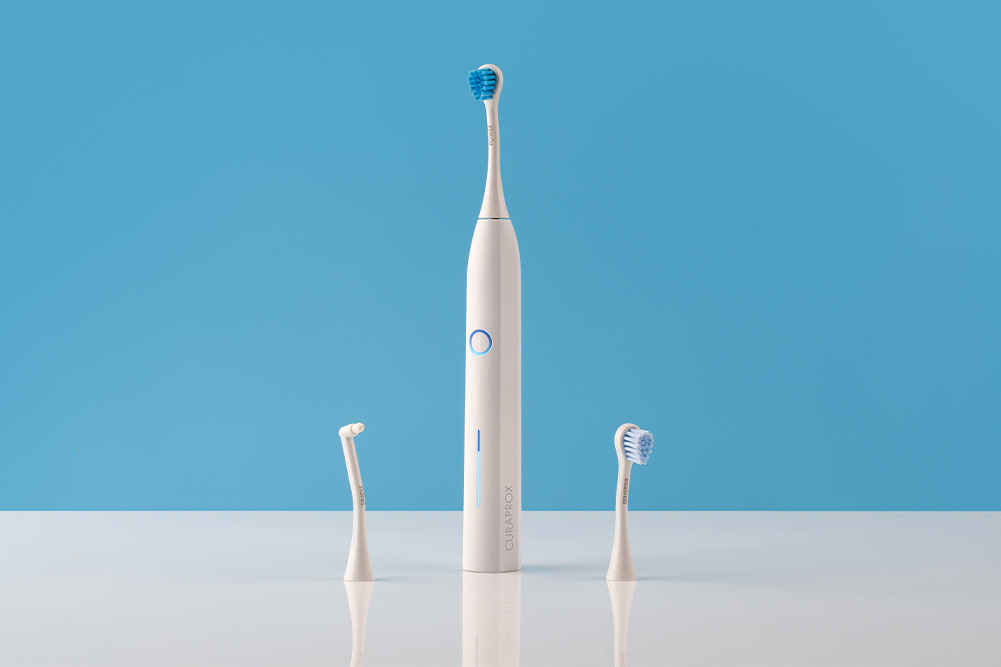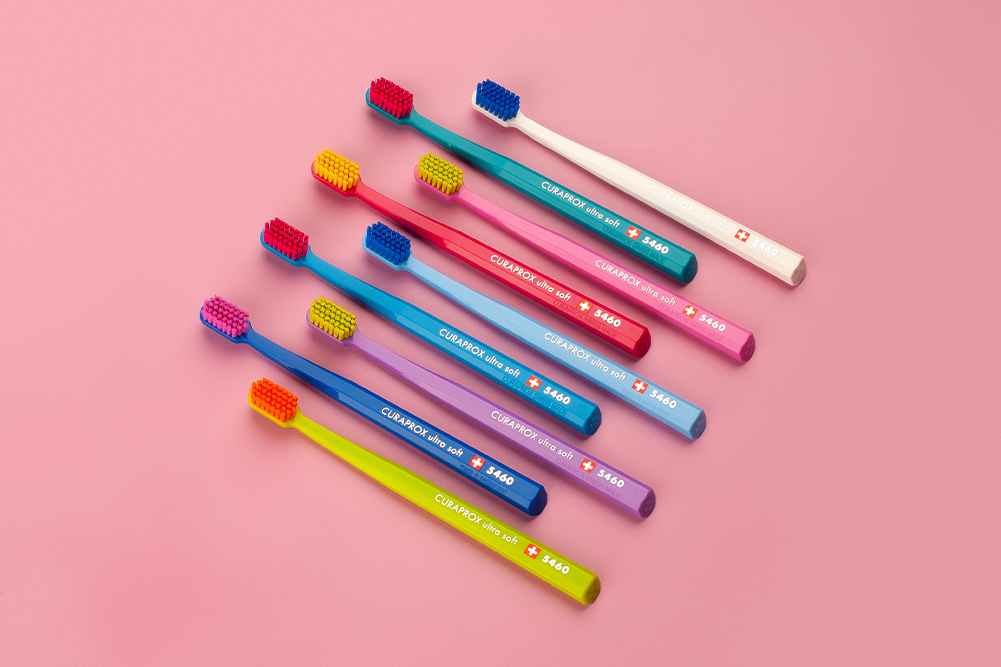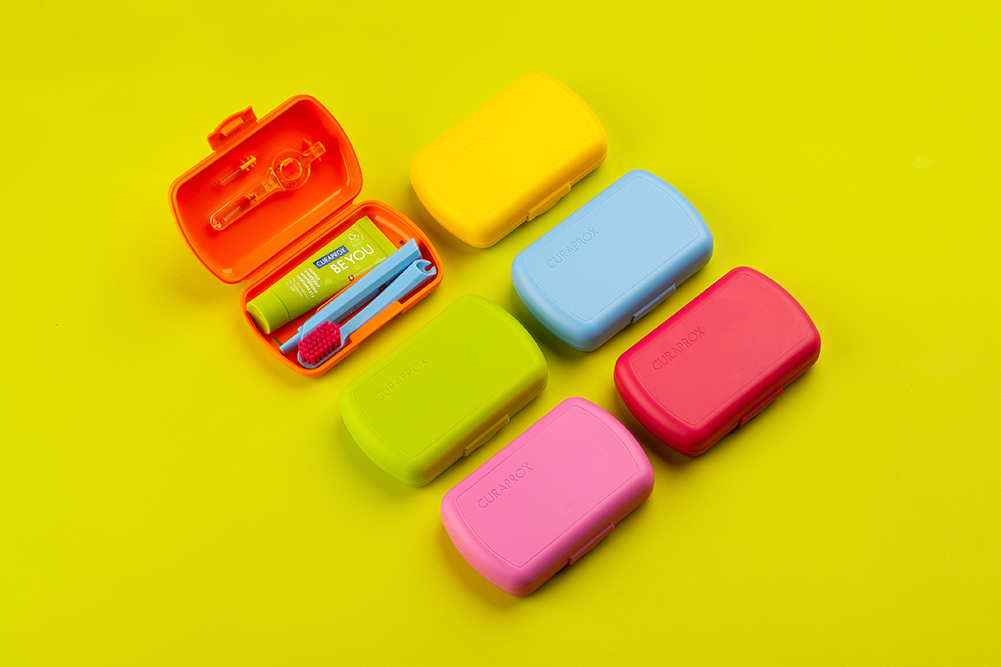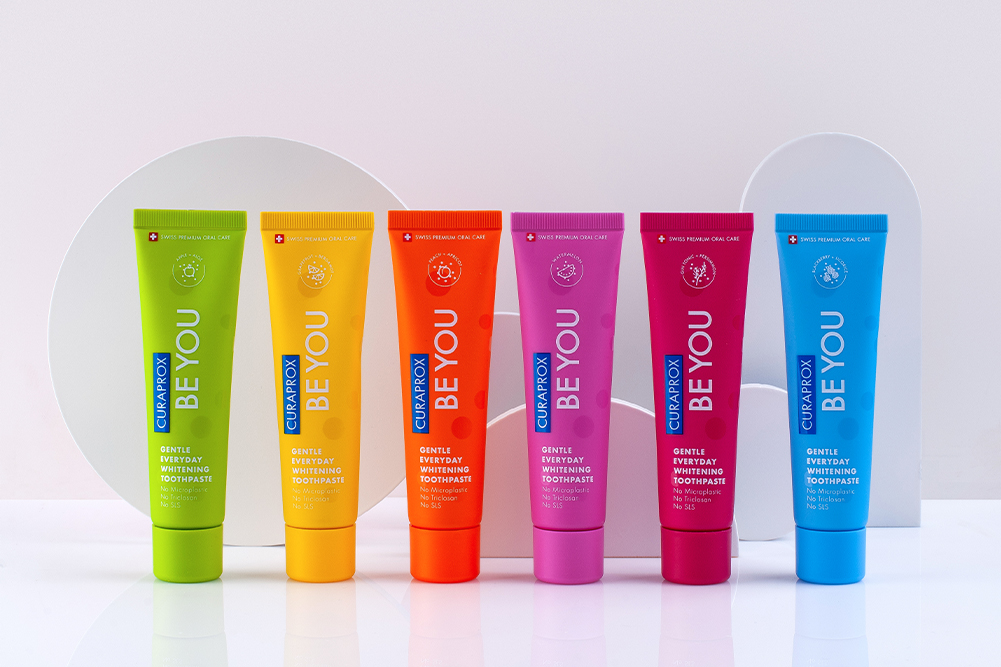Debunking skincare myths in the beauty sphere
The beauty sphere is riddled with skincare myths and misinformation, especially when it comes to the clean beauty movement. We dive into the murky waters of what makes a product “clean” with the help of cosmetic chemist Michelle Wong to debunk and demystify the ever-evolving world of skincare.
In the Goop-ified world of beauty and wellness, the clean beauty movement has become a regular point of tension, especially between brands and influencers on the one hand and scientists within the field on the other. When you scratch the surface, it becomes clear that “clean beauty” is more of a marketing label slapped onto a product much akin to “clean eating”, insinuating that your favourite comfort foods are polluting your body and so too are your go-to serums, moisturisers and perfumes.
As The Eco Well founder Jen Novakovich writes in a blog post, “When you label your brand as ‘clean’, you imply to consumers that other products are ‘dirty’. This denigrating marketing strategy trains people not to trust science, encourages conspiratorial thinking around regulations and betrays trust across the whole industry.”
The idea that products are “unsafe” because they contain particular ingredients is completely false — after all, it is illegal to sell unsafe products. Cosmetic regulations differ around the world, and in Australia there are no specific government-mandated guidelines on testing cosmetics for safety and stability. But this isn’t to say there are no regulations entirely (an argument made by many clean beauty advocates). There are plenty of regulations that all parties within the supply chain must comply with; for example, ingredients must be certified safe and adhere to specific purity standards. All legitimate beauty manufacturers also refer to other guidelines such as the British Pharmacopoeia, certain therapeutic goods orders (TGOs) and industry best-practice guidelines to ensure their products are stable and safe to use.
Humans are predisposed to accepting negative information, and of course we love to gossip, so it’s easy to see how misinformation spreads and is so widely believed. It’s also quite intimidating for the everyday consumer to be bombarded with complex chemicals on ingredients lists that we can’t even pronounce, let alone understand what they do. Many brands have taken this unsureness and run with it, labelling “chemical” or “synthetic” skincare as harmful and “clean” or “natural” skincare as the epitome of health — even though some natural products actually have synthetic compounds in their formulations.
The clean beauty world has also become a breeding ground for myths backed by minimal evidence that are used to strengthen a brand’s agenda. These range from statements such as “60 per cent of what goes onto your skin is absorbed into your bloodstream,” so you should only apply skincare products with “no nasties”; and that the sulphates in your shampoo can cause cancer, despite there being no scientifically proven link between the two.
Michelle Wong, cosmetic chemist and founder of beauty education hub Lab Muffin, has made a name for herself within the beauty industry in Australia and around the world through her blog and Instagram (@labmuffinbeautyscience), where she debunks skincare myths, dives into dodgy brand claims, tests and reviews products and helps her audience tell marketing ploys from science. Much of her work is focused on understanding the skin and its structure in order to understand how the products we use can help or harm us.
“Your skin has evolved over millions of years to become a really effective barrier between you and the outside world,” says Wong. “It’s actually a massive pain when it comes to drug development, because there aren’t that many drugs that can be delivered through a skin cream or patch. The idea that 60 per cent of what you put on your skin gets absorbed is pretty ridiculous. If it did, we would have a lot of trouble; for example, people who get mud or dirt on themselves would get extremely sick from absorbing the bacteria-ridden mud.”
This obsession with and fear around clean beauty can be linked to the rise of detoxification and wellness trends thanks to platforms such as Gwyneth Paltrow’s Goop and the Environmental Working Group (EWG), a US-based activist group known for their Skin Deep Database which gives hazard scores for cosmeceutical ingredients. Many indie beauty brands also began labelling their products as “clean” in response to beauty giants such as Johnson & Johnson’s lawsuit, which saw the company awarding multimillion-dollar settlements to people who claimed that the use of their talcum powder caused their cancer. But it seems that a movement that started with good intentions has spiralled into a jumble of unverified claims and fearmongering.
In comparison to the UK and the EU, countries such as Australia and the US have fewer regulations and safety standards of ingredients — there are currently over 1300 banned cosmetics chemicals in EU, while the US has fewer than 20. The problem here arises when clean beauty brands imply that certain products are full of ingredients that are labelled illegal or toxic in other countries. Your choice as a consumer then comes down to one of two options — go clean or take the toxins.
But a closer examination of the EU banned list reveals that most of these chemicals would never have a place in cosmetics formulations. According to the Personal Care Products Council (PCPC), “The EU banned list includes substances such as jet aircraft fuel, pesticides, barbiturate drugs, the cancer drug Methotrexate, antibiotics, arsenic, strychnine, cyanide, rat poison and carbon monoxide. Clearly, these are not ingredients that would ever be used in a cosmetic.”
Coming “clean”
When it comes to determining a product’s “clean” status, there is no blanket definition and many brands have taken it upon themselves to define the category according to their standards. Some brands use the label for their natural ingredient lists or a preservative-free stance, while others consider “clean” to be more about sustainability. Generally, though, clean beauty products are safe and non-toxic and have a transparent ingredients list.
“Clean beauty generally means that your beauty products are free from particular ingredients that are rumoured to be harmful to your health,” says Wong. But there is an emphasis on “rumoured”: “A lot of the evidence for these chemicals being harmful comes from tests that are done on cells in a Petri dish and on animals. That’s very different from how our body interacts with these things — for example, chocolate is highly toxic to dogs but completely safe to humans. So a lot of these studies aren’t really transferable to human safety.”
It’s also important to note that the toxicity of anything depends on the dose, Wong explains. “If you have a very small amount of an ingredient, it wouldn’t have the same effects as a large amount. If you’re just looking at the ingredients on an ingredient label for a product, you don’t know how much there is of all the ingredients, and even the databases that clean beauty people tend to promote, like the EWG skin database, also don’t know these percentages.”
When it comes to clean beauty, it seems that the science is more often an afterthought. There are toxicologists who have dedicated their studies to the beauty industry, taking all of the data from cell and animal studies and putting it into the context of human use. These toxicologists are the ones who set limits for ingredient percentages in beauty and cosmetic products — limits which are set far below the amount that would actually cause harm.
“They have something called a margin of safety, which is usually a hundredth, so they only allow one hundredth of the amount that would cause harm to human in any product,” Wong explains. “A good example of this is chemical sunscreens. There’s a lot of fear around oxybenzone and the potential hormonal effects on humans; but for the amount used in sunscreens, you would have to apply sunscreen all over your body every day for 277 years for it to have any effect. The amount that we use in everyday life is very low risk. Obviously, most people don’t apply sunscreen all over their body every day and definitely not for 277 years.”
Red flags in skincare
These are the terms to be wary of when shopping for natural beauty products.
- Chemical-free: A chemical is defined as any substance consisting of matter — including air, water and almost everything else you put in and on your body. No beauty product that exists is free from all chemicals.
- Preservative-free: That little number you see on your skincare favourites (6M, 12M etc.)? You can thank preservatives for lengthening the life of your product. Skincare is expensive, and unless you want to keep your products in the fridge and replace them every few days, preservatives are essential to keep every water-based product free from bacteria and mould.
- Toxin-free: Any ingredient can be toxic in high amounts — even water. But as we now know, the so-called “toxins” and “nasties” in your skincare are actually found in such low amounts that they cause no harm whatsoever, even after long-term use. It’s the dosage that counts, not the ingredient itself.
The paraben problem
Parabens and other preservatives have been heavily targeted by the clean beauty sphere as toxic. In reality, every skincare and cosmetic product that uses water (including serums, moisturisers, foundation and mascara) requires preservatives to keep it safe for use and increase its shelf life.
“You need preservatives in pretty much any product that contains water because bacteria and fungi love eating cosmetic ingredients; basically cosmetic ingredients are very good food for microbes,” Wong explains.
“Paraben-free” is one of the most common (and over-hyped) claims used by natural and clean beauty brands. Parabens are a type of preservative that have been used in pharmaceuticals and cosmetics for decades. But as Wong explains, because they are so common, they are some of the most-studied preservatives.
“Parabens are some of the most effective and commonly used preservatives, which is probably why there’s so much fear about them because there’s been a lot of safety studies done on them because of course scientists would be interested in investigating ingredients that are most commonly used,” says Wong. “The fact that these studies exist means that if you go into the scientific literature and you just search for harms of parabens, you’re going to get a lot of info.”
Again, these studies have mostly been conducted on cells and animals, and toxicologists then convert these results to make them relevant to humans, which is how they set the limits for preservatives in products. There are some studies such as a 2004 one which appeared in the Journal of Applied Toxicology where researchers found parabens in breast cancer tissue. This study has gained traction among clean beauty preachers and gave parabens their name as “endocrine disruptors” — however, the test was not conducted on healthy tissue, nor was it suggested that the parabens caused the breast cancer.
A similar point of contention for parabens which sparked a new wave of paraben-free hype around the world occurred in 2014 when the EU banned a selection of parabens (yes, there are many). Again, this ban was used as “evidence” to support paraben-free skincare, yet the fact that Europe did not ban some of the most-used parabens was omitted.
No matter which skincare brand or product you choose, it’s important to do your research. Stay informed from reputable sources such as scientists and cosmetics experts, including Lab Muffin and The Eco Well. Ultimately, no product, ingredient or brand would be available to purchase if it was deemed unsafe or toxic to humans in its current form.
All this is not to discredit natural, botanical-based beauty brands and the work they are doing. The clean beauty movement has inspired many consumers to be more mindful of what they use and bring brand transparency to the forefront of the conversation — although it now seems we are battling a different kind of hidden truth when it comes to brand marketing.
It’s also important to note that although a product may be free from parabens and marketed as “clean”, that doesn’t necessarily mean it is vegan, cruelty-free or made of all-natural ingredients — nor does it mean it is sustainable. Perhaps we need to redefine clean beauty as a greener, more eco-friendly approach to skincare and cosmetics, celebrating brands that are making huge changes to their business in the name of sustainability.
As Wong puts it, “One of the biggest myths around clean beauty is that it’s always sustainable. But I think the thing that any consumer can do is just to buy less — that will always be the most sustainable option.”
SPF myths, busted
Michelle Wong’s top takes and tips on choosing the right sunscreen.
MYTH: Chemical sunscreens are harmful.
All sunscreens are safe, including chemical and titanium dioxide-based sunscreens. A lot of people call them chemical sunscreens, which already sounds quite scary, whereas zinc oxide is found naturally in nature. But zinc oxide in sunscreens is usually synthetically made.
MYTH: Chemical and physical sunscreens work differently.
All sunscreen ingredients mostly work by absorbing UV and converting it to heat — a very small amount of heat that you won’t be able to detect — so that means your skin is protected from UV, which is very harmful and causes cancer, premature ageing and uneven pigmentation. One of the good things about zinc oxide is that very few people are allergic to it so mineral sunscreens are great for sensitive skin. However, zinc oxide tends to give a white cast so if you have darker skin it can be very, very difficult to find a zinc oxide sunscreen that doesn’t make you look kind of purple or grey.
MYTH: SPF 50 is only a little bit better than SPF 30.
The way that SPF is tested is that the sunscreen is applied on the backs of volunteers, and then they shine a special UV lamp that simulates sunlight on the people’s backs. They then compare the amount of UV it takes to make bare skin red compared to skin with sunscreen on. If it takes 50 times more UV for the sunscreened skin to go red, then it becomes SPF 50. Essentially, SPF 50 would let in only one 50th of the UV, whereas SPF 15 would let in one 15th. So, if you have SPF 50 on, it takes 0 times as much UV to get burned. But it’s also important to consider that before that time is up, the sunscreen film starts wearing off your skin so it becomes less effective — hence the need to reapply.
MYTH: Sunscreens cause coral bleaching.
“Reef-safe” is much more of a marketing phrase when it comes to sunscreens. The studies that started the reef-safe hype were done where they put in very high concentrations of sunscreens onto young coral in tanks and found that the coral bleached. The problems here are (a) young coral is very susceptible to bleaching, and (b) these concentrations have not been found in nature, except in a couple of studies that are outliers. The two sunscreen ingredients targeted by these reef-safe marketing claims are oxybenzone and octinoxate, but zinc oxide has also caused bleaching in these tank studies.
Georgia Nelson is a journalist based on the South Coast of NSW and the features writer at WellBeing and WILD. She has a penchant for sustainable beauty, slow fashion and feminist literature.








